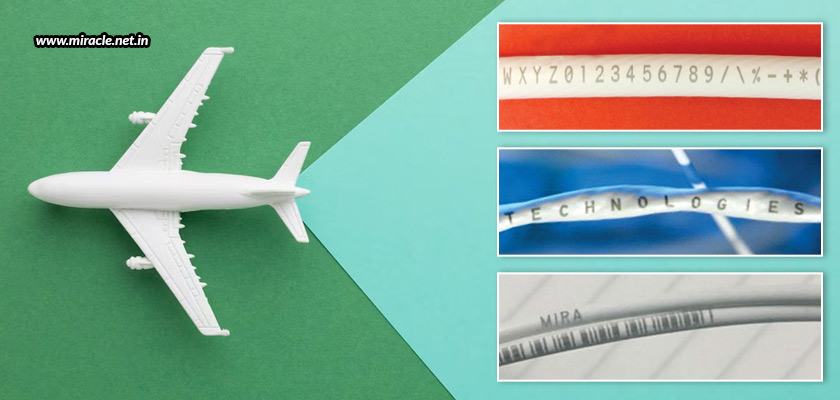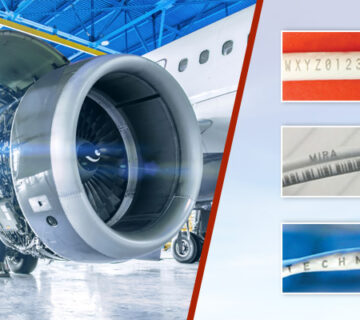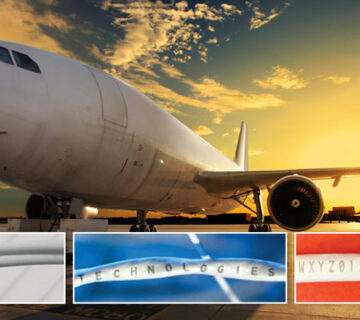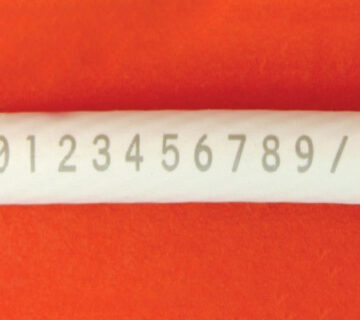Unwavering precision, safety, and regulatory compliance are essential in the fast-paced world of aviation. Amidst these responsibilities, the identification of aircraft cables is an often neglected yet vital topic. This crucial aspect is essential to preserving the reliability and safety of aviation technology. Identification of aircraft cables is a non-negotiable component, from compliance with strict regulatory criteria imposed by aviation authorities, to the complex process of guaranteeing cable integrity. This blog examines the importance of this complex procedure and highlights international initiatives aimed at improving flight safety through precise cable identification. Come along on a tour into the core of aerospace technology, where a careful examination of cable identifying details guarantees the ongoing development of a dependable and safe aviation industry.
Adherence to regulations
Regulatory agencies are essential to maintaining the reliability and security of the aerospace industry because of their vital position in the complex web of international aviation regulations. The essential element of cable identification, which is essential to traceability, upkeep, and overall system integrity, is at the centre of these strict standards.
Worldwide regulatory authorities, like the Directorate General of Civil Aviation (DGCA) in India and the Federal Aviation Administration (FAA) in the United States, carefully set out rules that operators and manufacturers of aircraft must follow. These rules serve as the cornerstone of a strong regulatory system intended to improve international aviation safety standards.
The development of laser marking for aircraft cables has made it possible to both meet and surpass these international regulatory criteria. Using laser technology for cable identification guarantees accurate and long-lasting markings, whether complying with DGCA Civil Aviation Requirements or FAA Advisory Circulars. This technology adds a degree of adaptability that improves safety and maintenance efficiency, in addition to meeting the readability and durability requirements specified by regulatory entities.
Laser marking is quite versatile; it may be used to create barcodes, 2D matrix codes, and alphanumeric codes. This adaptability in identifying techniques guarantees a thorough and uniform strategy to cable labelling, enhancing the general effectiveness and dependability of aviation systems across the world. Laser marking complies with the strict regulatory standards established by aviation authorities and significantly improves maintenance efficiency and traceability by producing legible and permanent markings. Adopting this cutting-edge technology demonstrates a dedication to the highest safety and efficiency requirements in the ever-changing world of international aviation.
Simply put, laser marking has emerged as a key technology that crosses national borders to meet strict aviation regulations. In the dynamic and interconnected world of international aviation, its use for cable identification not only complies with legal requirements, but also demonstrates a dedication to the highest standards of safety, traceability, and maintenance efficiency.
Maintenance and durability
Aircraft operate in a variety of demanding settings, including high humidity, harsh temperatures, and contact with corrosive substances. In order to address these issues, laser marking technology shows up as a reliable answer with significant ramifications for the international aviation sector. However, the durability of such laser-marked identification is critical, especially in places where component access is restricted or where maintenance is logistically challenging.
Because of their non-intrusive design and resilience to wear, laser markings provide a dependable solution that guarantees identification longevity in a variety of situations common in the international aviation environment. The main benefit of laser marking is that cable mechanical qualities are not compromised, even in harsh aircraft conditions. In contrast to traditional methods like engraving or stamping, laser marking maintains the cables’ structural integrity, which greatly enhances overall dependability and safety.
Furthermore, laser marking is more successful at providing long-lasting identification since it easily conforms to a variety of materials that are frequently used in aviation cables. Applying laser marks on steel, aluminium, or specialty alloys preserves the material’s integrity, while meeting the various material requirements in aircraft construction.
The non-contact nature of laser marking is another important advantage, minimizing the risk of cable damage during the intensive process. This quality is especially important for maintenance, when it’s important to strike a careful balance between complete identification and possible cable damage. In order to guarantee the structural and functional integrity of cables, laser marking offers a regulated and accurate identification process.
To sum up, laser marking technology is the best option for addressing the durability and maintenance issues related to aviation cable identification. Because of its versatility, lack of intrusiveness, and resilience to wear, it is a great option for satisfying the demanding standards of the international aviation sector, promoting long-term dependability, efficiency in maintenance, and safety on a worldwide basis.
Where to get the finest laser marking done?
Laser marking technology, which is exemplified by pioneers in the field, like Miracle Electronics, represents a universal approach to guaranteeing the durability as well as regulatory compliance of aircraft cable identification. Laser marking not only offers a dependable solution for the various problems presented by global climatic conditions, but it also improves safety and traceability by satisfying the strict criteria set out by aviation authorities worldwide. As the aviation industry expands, it will be necessary to implement cutting-edge technologies like laser marking, supported by reliable suppliers like Miracle Electronics, in order to maintain the greatest levels of performance, maintenance, and safety on an international level. Miracle Electronics is a key player in pushing the aviation industry towards greater efficiency and reliability, thanks to its proficiency in laser marking for aircraft cables.




